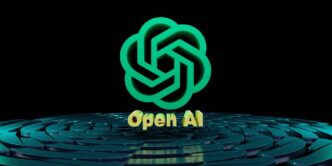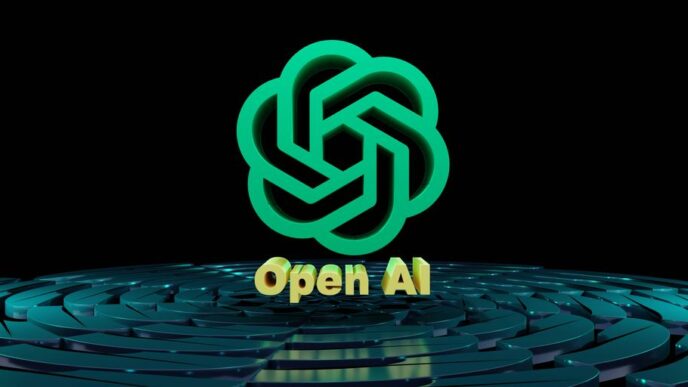Organizations today face rising complexity in managing both their financial operations and supply chain processes. Finance teams must ensure accurate budgeting, payments, and reporting, while supply chain leaders juggle procurement, inventory, and logistics. Traditionally, these functions have operated in silos, with disconnected systems creating inefficiencies and poor visibility. To thrive in today’s competitive marketplace, businesses need a unified approach. That’s where Integrated finance and supply-chain ERP on Salesforce comes in, offering a solution that combines financial management and supply chain operations within Salesforce’s powerful ecosystem.
This article explores the challenges of disconnected systems, the features and benefits of an integrated Salesforce-native ERP, and why it’s critical for future-ready businesses.
The Challenges of Disconnected Finance and Supply Chain Systems
When finance and supply chain systems are separate, organizations face several problems:
- Data silos prevent real-time collaboration between finance, procurement, and operations.
- Manual processes like invoice matching, budget tracking, and order reconciliation consume significant time.
- Limited visibility makes it difficult to understand true costs, profitability, and cash flow.
- Inefficient forecasting arises when financial data and supply chain performance are not linked.
- Compliance risks increase without centralized audit trails and reporting.
These challenges reduce efficiency and hinder a company’s ability to respond quickly to market shifts or disruptions.
What is Integrated Finance and Supply-Chain ERP on Salesforce?
Integrated finance and supply-chain ERP on Salesforce is a unified enterprise resource planning solution built natively on the Salesforce platform. It connects core financial processes such as accounts payable, receivable, budgeting, and reporting with supply chain functions like procurement, inventory management, and logistics.
By operating within Salesforce, the ERP solution ensures finance and supply chain teams work from the same set of data, aligning operations with customer and sales information in real time.
Key Features
Procurement and Vendor Management
Organizations can manage purchase orders, supplier contracts, and approvals directly in Salesforce, linked to budgets and cash flow.
Inventory and Warehouse Control
Real-time tracking of inventory levels and warehouse operations ensures supply matches demand while reducing excess stock.
Order and Logistics Management
Sales orders from Salesforce CRM flow directly into the ERP system, where they are synchronized with production and logistics schedules.
Accounts Payable and Receivable
Invoices from vendors are digitized and processed automatically, while customer invoices are tracked and reconciled against receivables.
Budgeting and Forecasting
Finance teams can align budgets with supply chain performance, using real-time operational data to forecast more accurately.
Audit Trails and Compliance
Every transaction is digitally recorded, simplifying compliance with financial and regulatory standards.
Analytics and Dashboards
Executives gain visibility into KPIs such as cash flow, supplier performance, inventory turnover, and delivery efficiency through real-time dashboards.
Benefits of Integration
Unified Data Platform
Finance and supply chain teams work from the same set of information, eliminating silos and ensuring collaboration.
Efficiency Gains
Automation of processes like invoice matching, approvals, and order tracking reduces administrative work and speeds up operations.
Improved Accuracy
Real-time synchronization minimizes errors in financial reporting and supply chain management.
Cost Savings
By optimizing procurement, reducing excess inventory, and automating financial workflows, organizations achieve significant cost reductions.
Real-Time Visibility
Leaders gain a clear picture of profitability, cash flow, and supply chain health, enabling faster decision-making.
Stronger Vendor and Customer Relationships
Suppliers are paid on time, customers receive orders accurately, and trust is strengthened across the value chain.
Scalability
The Salesforce-native ERP adapts easily as organizations expand into new markets or scale operations.
Practical Use Cases
Procurement Linked to Budgets
Purchase orders are automatically checked against budget availability before approval, reducing overspending.
Demand-Driven Production
Sales data from Salesforce CRM informs production schedules, ensuring manufacturers align supply with actual customer demand.
Cash Flow Forecasting
By linking payables and receivables with supply chain operations, finance leaders can predict cash flow more accurately.
Vendor Performance Tracking
Supplier delivery times, costs, and quality metrics are monitored in Salesforce, helping companies negotiate better terms.
Global Operations
Multinational companies can standardize financial and supply chain processes across regions while ensuring compliance with local regulations.
Why Salesforce as the Foundation?
Salesforce offers a robust, secure, and scalable environment that makes it ideal for integrated ERP. Key advantages include:
- Single source of truth: Customer, financial, and supply chain data are connected in one system.
- Security: Enterprise-grade protections safeguard sensitive financial and operational data.
- Customization: Workflows can be tailored to specific business rules and approval hierarchies.
- Scalability: The system grows with business needs, from small enterprises to global corporations.
- Ecosystem support: Salesforce AppExchange provides a marketplace of add-ons to extend ERP functionality.
Implementation Best Practices
To ensure success with Integrated finance and supply-chain ERP on Salesforce, businesses should follow these steps:
- Assess current financial and supply chain processes to identify inefficiencies.
- Define integration goals, such as reducing procurement costs or improving cash flow forecasting.
- Start with a pilot rollout in one region or department before scaling organization-wide.
- Provide training to finance, operations, and procurement teams for smooth adoption.
- Monitor KPIs such as invoice cycle times, order fulfillment rates, and cost savings.
- Continuously refine workflows and dashboards based on real-time feedback.
The Future of Integrated Finance and Supply Chain
The next phase of ERP will combine artificial intelligence, IoT, and predictive analytics for even greater efficiency. Future capabilities may include:
- AI-driven demand forecasting that adapts production and inventory levels automatically
- Predictive cash flow analysis based on customer payment patterns and supplier performance
- IoT-enabled supply chain visibility, tracking goods in transit in real time
- Automated fraud detection and compliance monitoring
- Smart recommendations for cost savings and supply chain optimization
Organizations that adopt these innovations early will not only streamline operations but also gain resilience and agility in the face of global market disruptions.
Conclusion
Disconnected financial and supply chain systems no longer meet the needs of modern organizations. Manual processes, limited visibility, and poor forecasting hinder growth and profitability. Integrated finance and supply-chain ERP on Salesforce provides a unified, automated solution that connects procurement, inventory, logistics, accounts payable, receivable, and budgeting within Salesforce’s ecosystem.
For finance teams, it means accurate reporting, real-time visibility, and stronger compliance. For supply chain leaders, it means better vendor management, efficient logistics, and cost control. For executives, it provides a holistic view of business performance, enabling smarter and faster decisions.
By adopting Salesforce-native ERP, organizations position themselves for long-term success with the agility, transparency, and efficiency needed to thrive in today’s competitive world.














